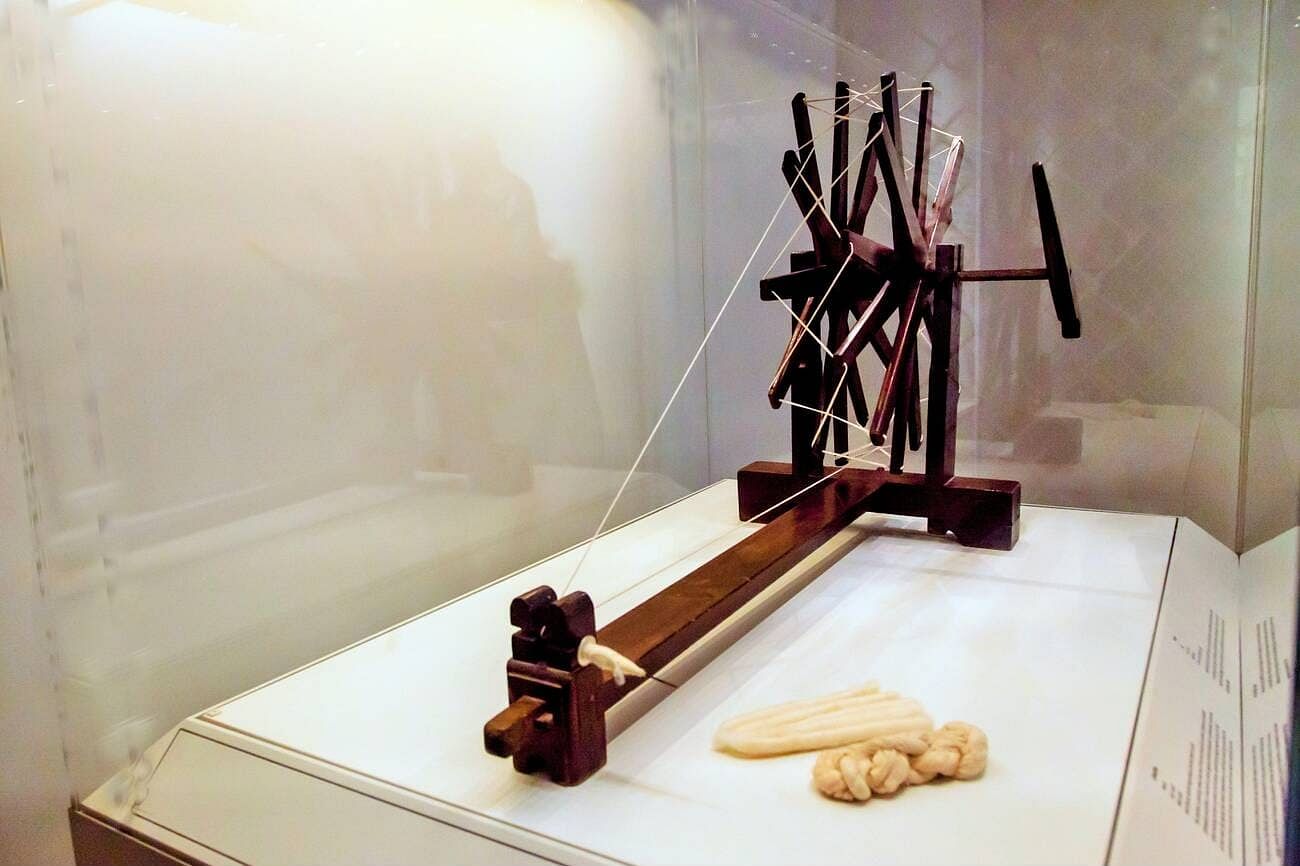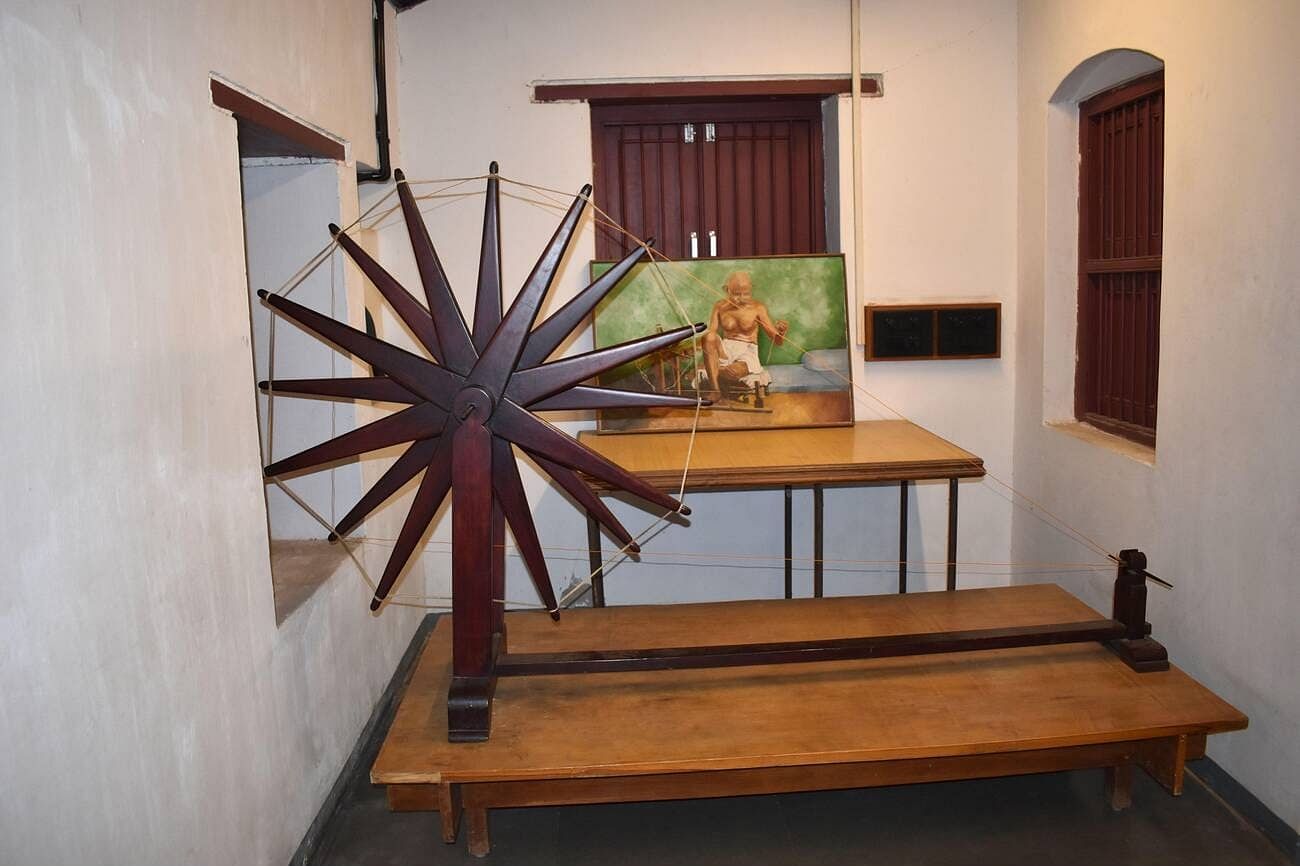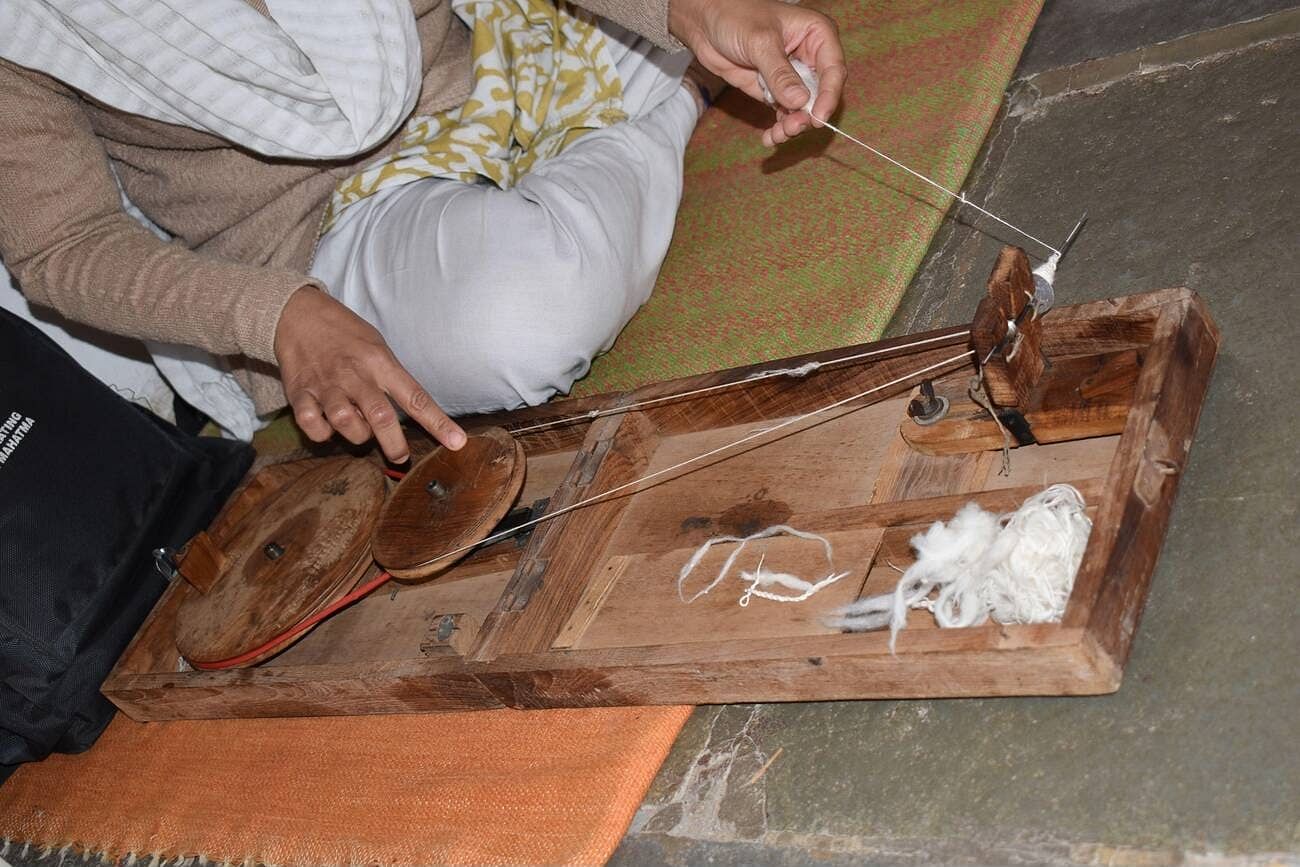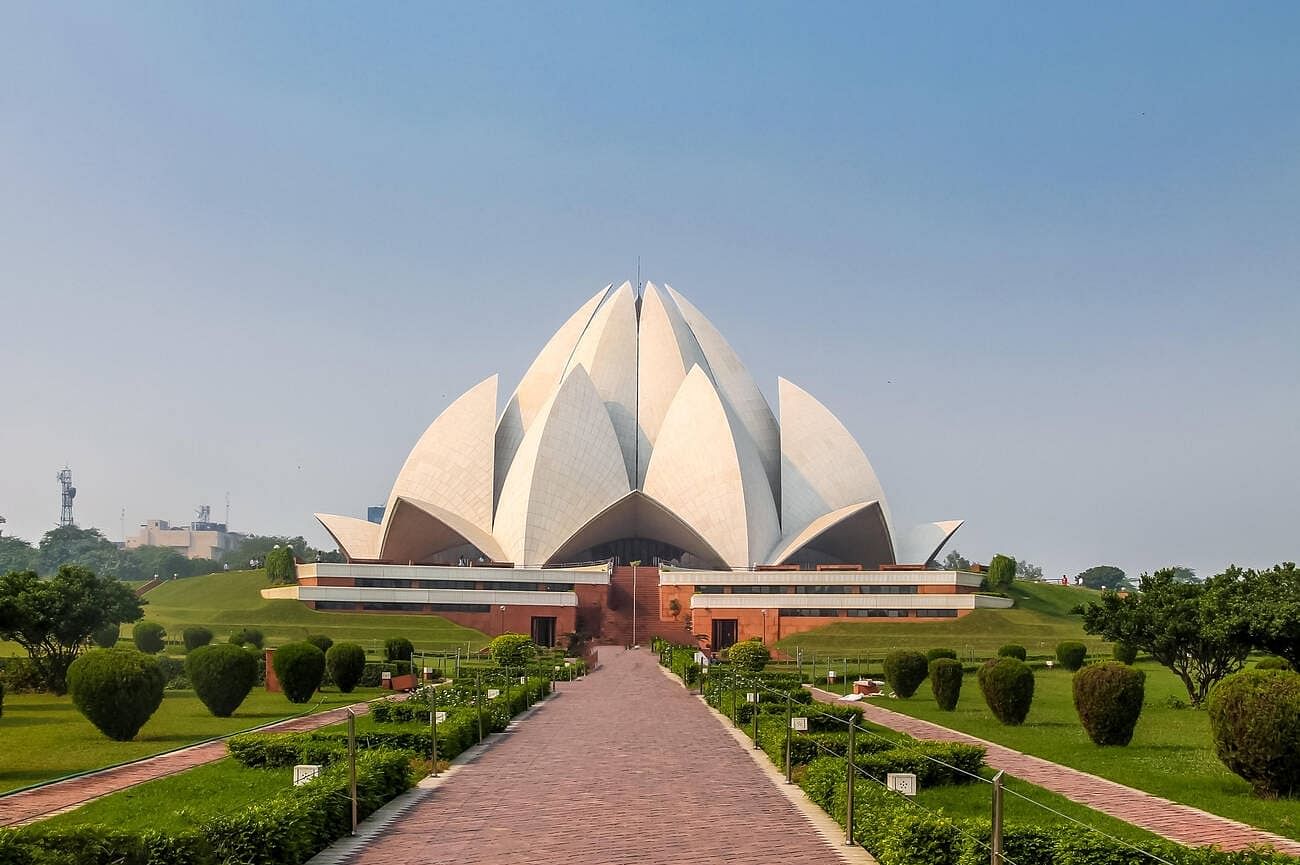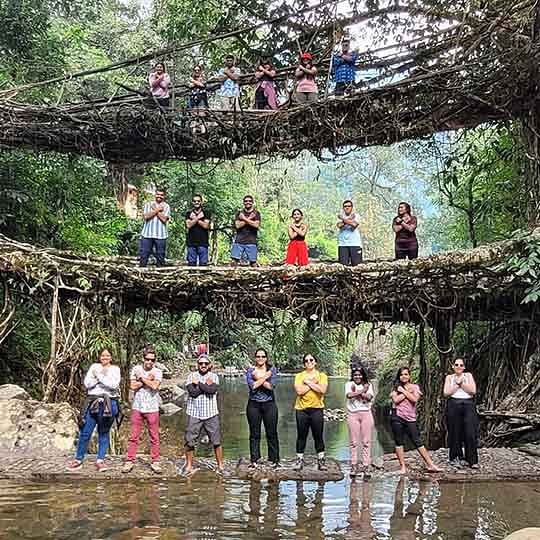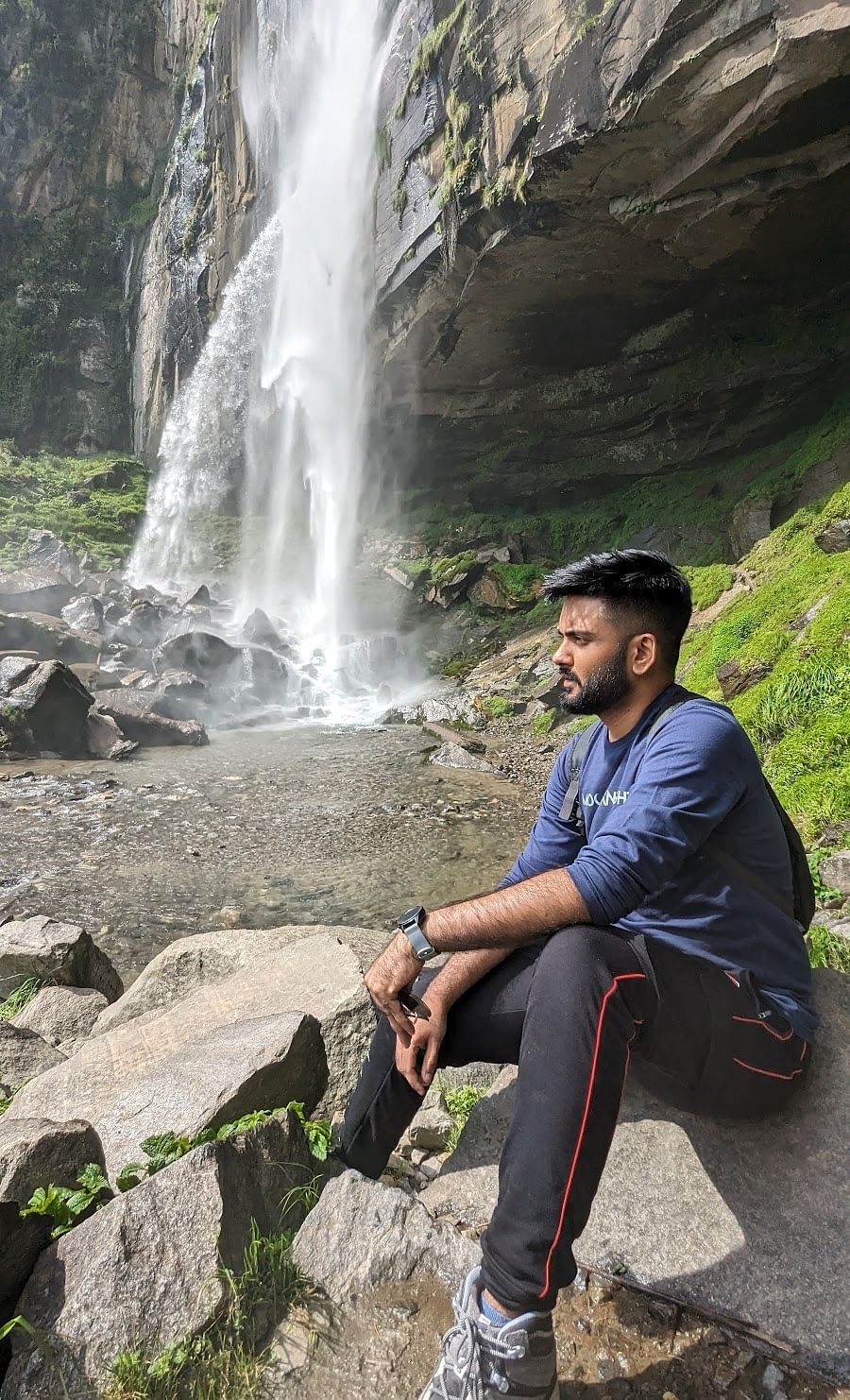Remember what Gandhiji’s three monkeys represent? “See no evil, hear no evil, and do no evil” meaning you should see, hear, and do good things like reading informative and knowledgeable blogs like this one. Welcome to Babu’s world where you’ll come across terms like ‘Ahimsa’ and ‘Swadeshi’. During the freedom struggle of India, Mahatma Gandhi, the father of the nation promoted making one’s fabric representing self-sufficiency and commemorating this ideology ‘The Charkha Museum’ came into existence. The Charkha Museum in Delhi is a recent addition to the impressive collection of cultural treasures and historical places in the capital. Constructed with the support of the KVIC (Khadi and Village Industries Commission), the Charkha Museum emphasizes the significance of India’s rich Charkha heritage.
Just like the Nehru Memorial Museum and Library, gives us deep insights into Jawahar Lal Nehru’s life, the Charkha Museum does in the lives of Mahatma Gandhi.
The Glorious History of Charkha Museum
Inaugurated on May 21, 2017, the Charkha Museum Delhi is situated in the garden of the underground Palika Bazaar in Connaught Place, right opposite the Khadi Gramodyog Bhavan, the Charkha Museum is managed by the New Delhi Municipal Corporation. When you enter the museum you can witness an impressive and gigantic model of the Indian Charkha, measuring 26 feet in length, 13 feet in width, and 4 feet in height, which embodies the principle of self-sufficiency.
The charkha, which is about 5 tonnes in weight, is designed to withstand various weather conditions, including storms, rain, and sunlight, and is one of the most fascinating things to see at Charkha Museum, one of the most interesting museums in Delhi.
This emblem of national pride honors the history and development of our culture, the Swadeshi movement, and pays tribute to our national hero, Mahatma Gandhi.
Positioned at the center of the city with the massive Indian flag flying beside it, the atmosphere and energy of the location exude patriotism and a sense of national unity.
Top Things to do in Charkha Museum
- Behold the Historic Charkha Models: Inside the museum, visitors can explore 14 antique charkha models that illustrate the evolution of charkhas from ‘Kapas’ to ‘yarn’ to the ultimate ‘khadi product’.
- Witness the Multimedia Display: The Charkha Museum features a multimedia exhibit that chronicles Gandhiji’s life from his youth to his passing.
- Observe the Exhibits: The Charkha Museum, provides the opportunity to explore and observe various relics and artifacts from Gandhi’s life and items which played an important role during India’s independence on display.
- Get Inspired by Gandhi’s Quotes: Throughout your stay at the Charkha Museum you can read various invaluable quotes by Gandhi, displayed at numerous spots.
- See the Charkha Used by PM Modi: At the Charkha Museum you also get the opportunity to see the Charkha used by PM Modi to spin yarn in Ludhiana, where he distributed 500 charkhas to women.
- Relax in the Lush Garden Area: After exploring the historic things at the Charkha Museum, you can relax in the refreshing environment of the Charkha Museum garden area.
- Capture History in Your Camera: You can click some memorable shots at the Charkha Museum and save some high-grade pieces of information for future reference.
Are there any Tips For Visiting Charkha Museum?
Here are a few things and tips to consider when visiting the Charkha Museum Delhi:- Be respectful and maintain decorum at all times as this museum holds major historical relevance.
- Do not carry any outside food items inside the Charkha Museum.
- Avoid touching and fiddling with items on display at the Charkha Museum.
- Wear comfortable footwear and clothes.
- If you didn’t know, the Charkha Museum ticket price is INR 20/-.
- Keep at least 2-3 hours in hand within the time frame of Charkha Museum timings (10:00 AM to 9:00 PM) for exploring the place fully.
- The Charkha Museum can be visited throughout the year, but given the heatwaves in the North, the best time to visit Charkha Museum is in cooler months from October to March, they are ideal for a comfortable experience in Delhi.
- Make sure to get permission before clicking photographs at Charkha Museum.
If you’re wondering how to Reach Charkha Museum, here’s how:
Board the yellow metro route linking Samaypur Badli to Huda City Centre. Rajiv Chowk metro station is near to Charkha Museum disembark here and exit from Gate No. 6 towards Pallika Bazaar. The Charkha Museum is a mere 5-minute stroll away from the metro station.Apart from the metro, you can also opt for public buses, autos, and private taxis. It is advisable to avoid visiting the Charkha Museum Delhi Location by car on weekends as it can get difficult to find parking spots.
10 Popular Places to visit near Charkha Museum
- Connaught Place
- National Museum New Delhi
- India Gate
- Red Fort
- Chandni Chowk
- Rashtrapati Bhawan
- Lotus Temple
- Isa Khan’s Tomb
- Shankar’s International Doll Museum
- Gurudwara Shri Banga Sahib
Lastly, when you plan to visit the Charkha Museum, ensure that you visit Khadi Gram udyog at Connaught Place and buy authentic swadeshi goods like Khadi Fabrics, Cottons, Silks, Handmade Soaps, Handicrafts, and other things made in India.
Suggested Read: Best Things to Do at Connaught Place in Delhi





